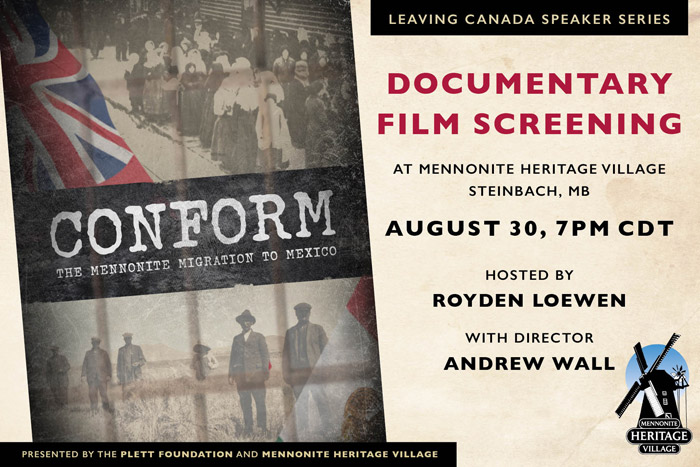In the 1920s, nearly 8,000 Mennonites left Canada in search of a new homeland where they would be able to control their education system. While the majority went to Mexico, a smaller group of Sommerfelder, Chortitzer, and a few Bergthaler chose Paraguay instead.
In Paraguay, Mennonites and their descendants received the right to practice their religion, exemption from the military, administer their own schools and teach their faith without restrictions. This was the first law in Paraguay that dealt with people refusing to join the army or participating in military drafts.
Mennonites who went to Paraguay arrived in 1926 due to difficulty selling their land. By 1927, there were nearly 1,800 people ready to settle in Paraguay. The land there, however, was not yet available for them, and they were forced to stay in the river port of Puerto Casado. In addition to this disappointment, there was an outbreak of typhoid and other diseases, killing over two hundred people. Disillusioned, over three hundred migrants went back to Canada. Once the land was accessible, those who stayed were largely content. Very few left after receiving their land. They set up their villages the same way their ancestors had in Russia, becoming the Menno Colony; the first Mennonite settlement in South America.
While the Russländer migration was happening in Canada, it was also happening in Paraguay. As Russia dealt with civil war, 21,000 Mennonites left for Canada and the United States. Thousands of others remained in Russia, believing that things would return to normal soon. This, however, was not the case. By 1929, the borders were closed and leaving Russia became extremely difficult. Close to 6,000 refugees were able to go to Germany in late November of that year. While these refugees wanted to come to Canada and the United States, these borders were largely closed to them. Mennonite Central Committee (MCC) recommended Paraguay. As they had done to Canadian Mennonites earlier, the Government of Paraguay promised them freedom, as well as receiving elderly, ill, and disabled people. This was something very few countries were willing to do. MCC helped arrange for land to be purchased next to Menno Colony, and in 1930-1932, over 2,000 Russländer Mennonites migrated to the Chaco region to establish the Fernheim Colony.
The newcomers from Russia were given assistance and solidarity from the Mennonite groups from Canada in Paraguay, who had already been there for three years. They have developed a mutually beneficial relationship and have blended much of their education, economics, and social and religious lives. Subsequent Mennonite migrations from Russia have also led to the foundation of new colonies in Paraguay, such as the Volendam colony, which largely consisted of refugees following the Second World War in 1947. Paraguay has, and continues to be, a home for Mennonites from across the globe.




